People in the northeastern Indian state of Assam have been practising Assamese mask-making for centuries. The masks, made of various materials, including bamboo, cloth, and clay, are used in traditional dance and theatre performances and play an essential role in the region’s cultural heritage.
The art of Assamese mask-making peaked during the reign of the Ahom dynasty, which ruled Assam from the 13th to the 18th century. The Ahom rulers were great patrons of the arts and encouraged the development of various art forms, including mask-making. During this period, mask makers experimented with different materials and techniques, making the masks more elaborate and intricate.
People celebrate the changing seasons with music, dance, and feasting during the Bihu festival, one of the most famous festivals in Assam, celebrated three times a year. During the celebrations, many people wear masks as an integral part of the festival.
The Assamese don’t just use masks during the Bihu festival but also other celebrations and ceremonies. For example, the Ahom community’s spring festival, known as Doul Utsav, showcases a variety of animal and character masks.
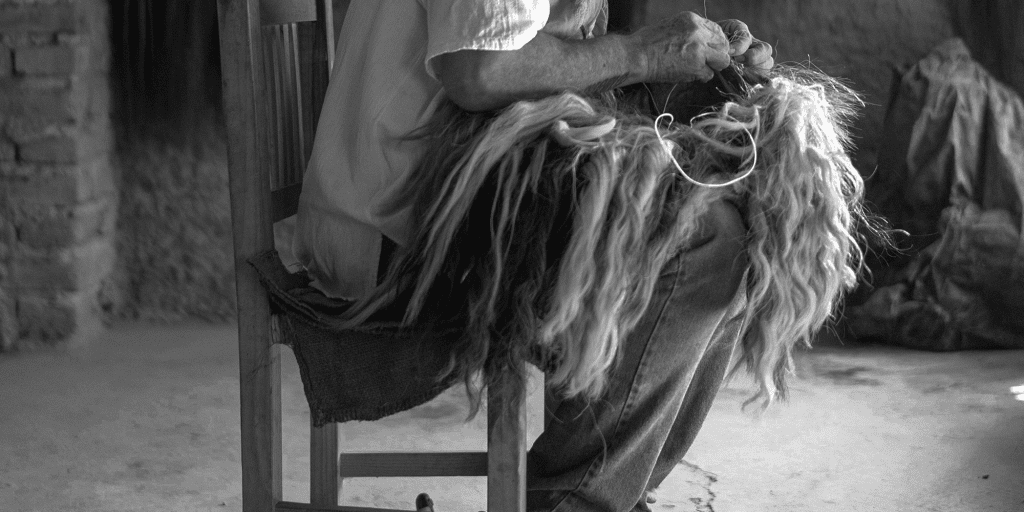

The ancient tribal cultures of the Assam region created masks as part of their religious and cultural rituals to represent spirits and other supernatural beings. They believed the masks could ward off evil spirits and bring good fortune.
Members of the Vaishnava community perform the Bhaona, a religious play that combines music, dance, and drama and still features masks today. The play, which depicts the life of Lord Krishna and his many adventures, is one of the earliest mentions of masks in Assamese literature.
Many masks depict characters from Assamese mythology, such as the demon king Ravana or the goddess Durga. These characters are important role models and often represent specific virtues or qualities, such as bravery or strength. For example, the famous mask of the demon king Ravana teaches children about the consequences of greed and arrogance. In contrast, the mask of the goddess Durga symbolises the triumph of good over evil.
Collectors and art enthusiasts worldwide prize Assamese masks not only for their cultural significance but also for their artistic beauty and craftsmanship. Many of the masks feature highly detailed and intricate designs with vibrant colours, making them works of art in their own right.
Assamese masks come in a wide variety of styles and designs, each with its own unique cultural and historical significance. Some of the most common types of masks include:
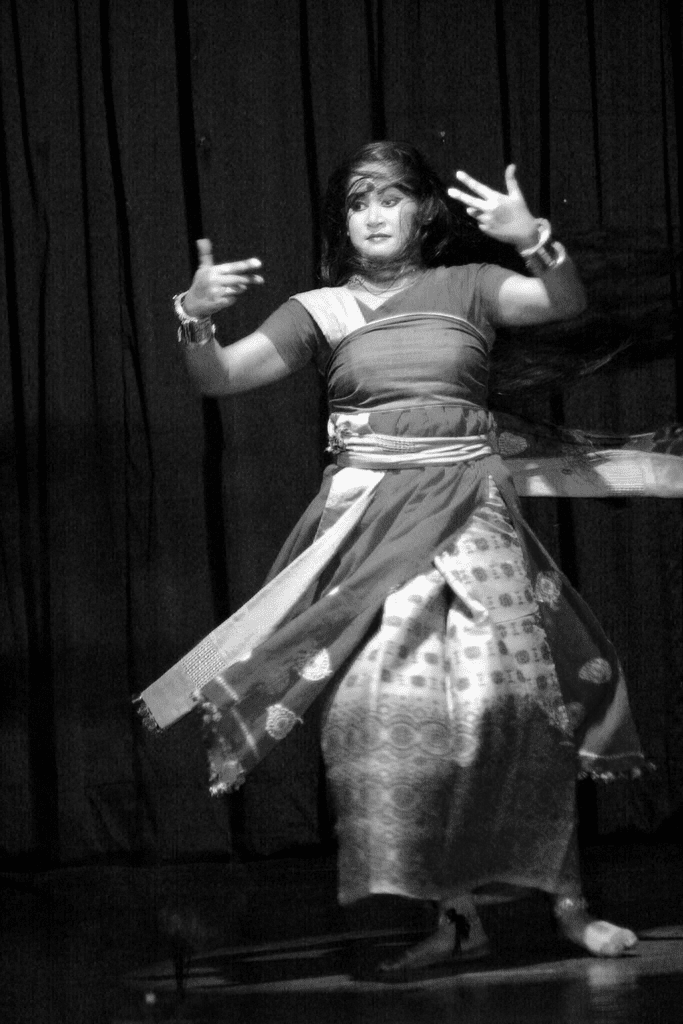

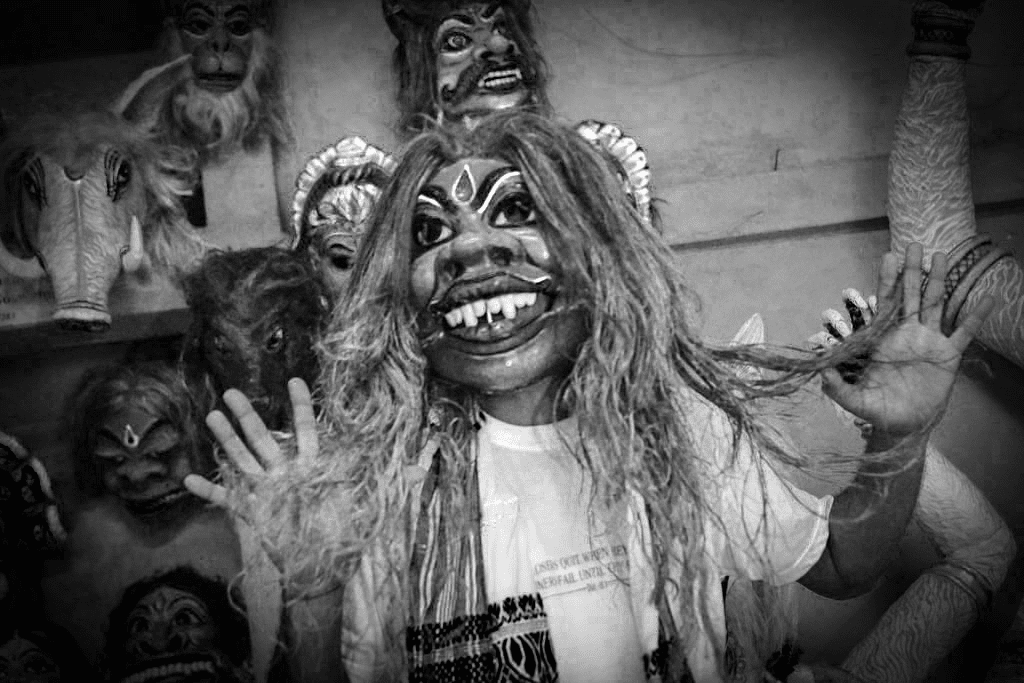

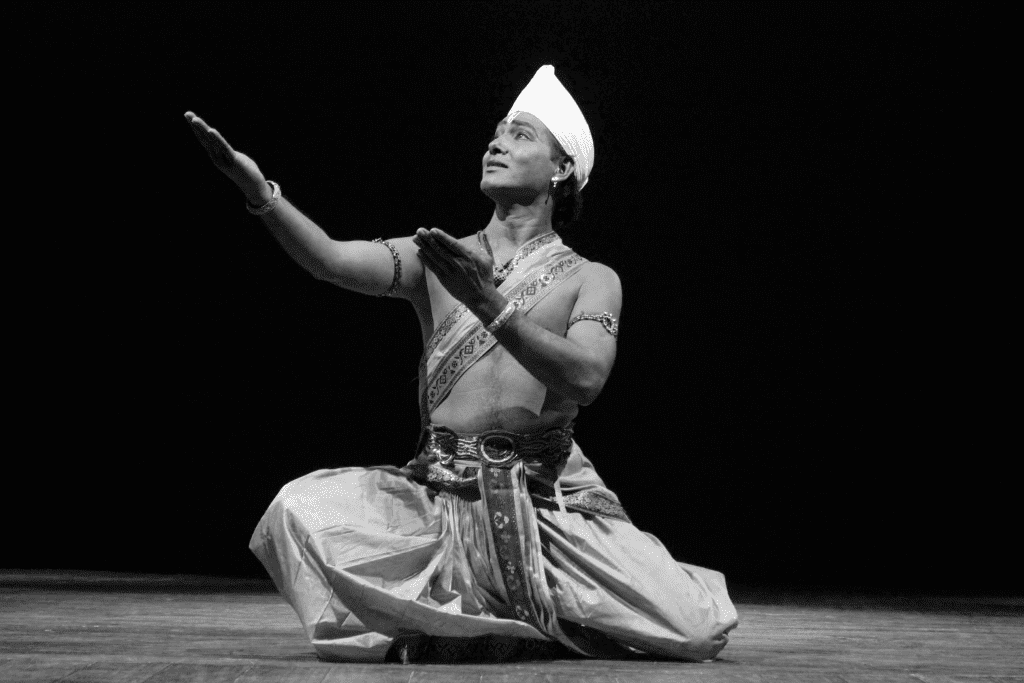

In recent years, many artists have taken up the task of preserving and promoting the art of Assamese mask-making, leading to a revival of the art form. Several organisations and groups, such as the Assam Mask and Puppet Centre, are now dedicated to promoting and preserving this unique cultural tradition.
Hemchandra Goswami, a theatre artist and one of Assam’s most famous mask makers, is credited with reviving the art form in the 1960s. Though he started making masks as a hobby, he soon became known for his intricate designs and attention to detail, making him one of Assam’s most well-known mask makers. His masks are exhibited worldwide, showcasing the beauty and uniqueness of Assamese mask-making.
Assamese mask-making is integral to the state’s cultural heritage and has significantly shaped the region’s identity. The masks are not only works of art but also symbols of the state’s rich cultural heritage and traditions.
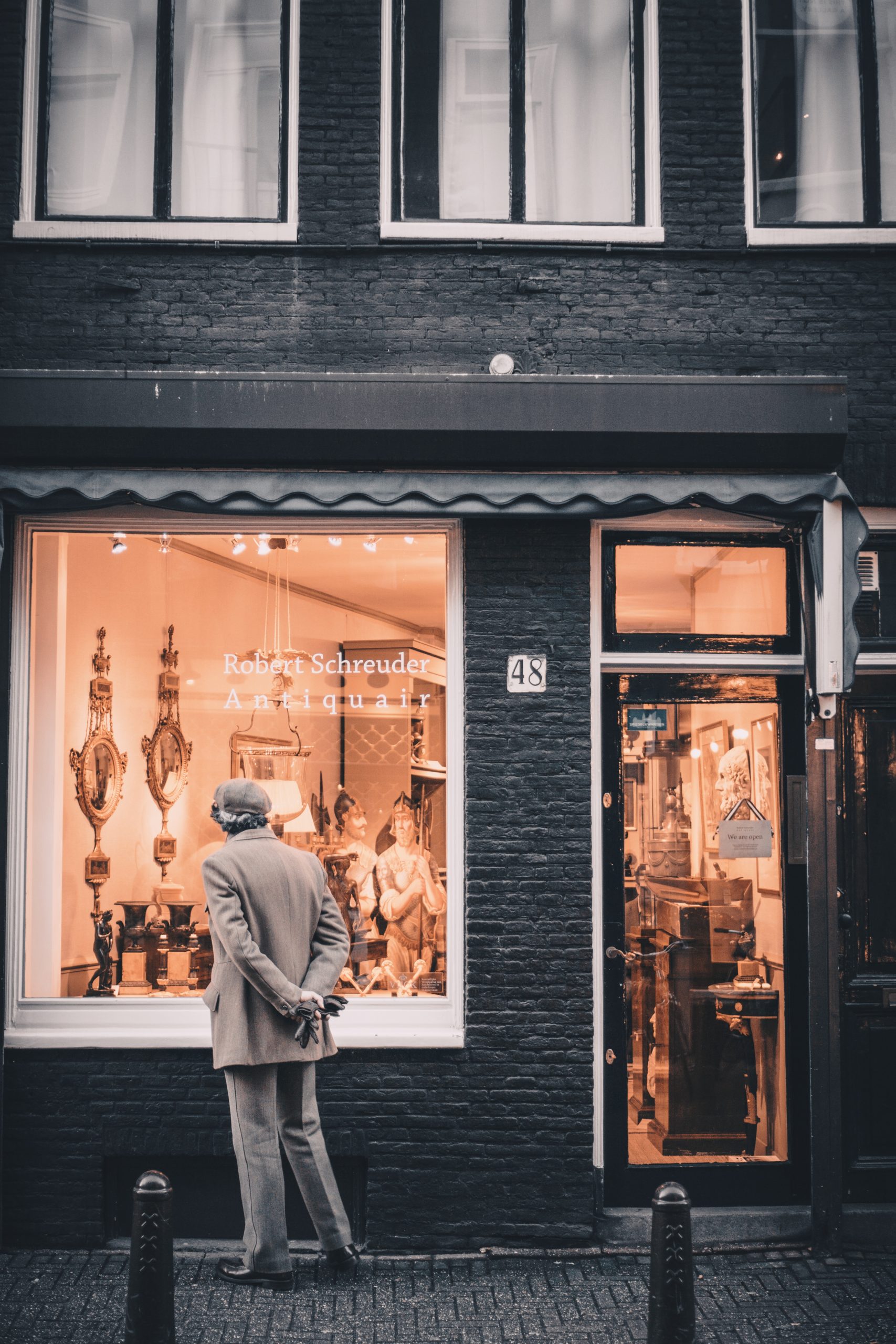


🔐 Use code FIRST25 and get a whopping 25% OFF* on your first order. But hurry, it’s only for a limited time and only on selected products.
🚀 So, hush-hush and start shopping now to snag the best deals before they vanish!